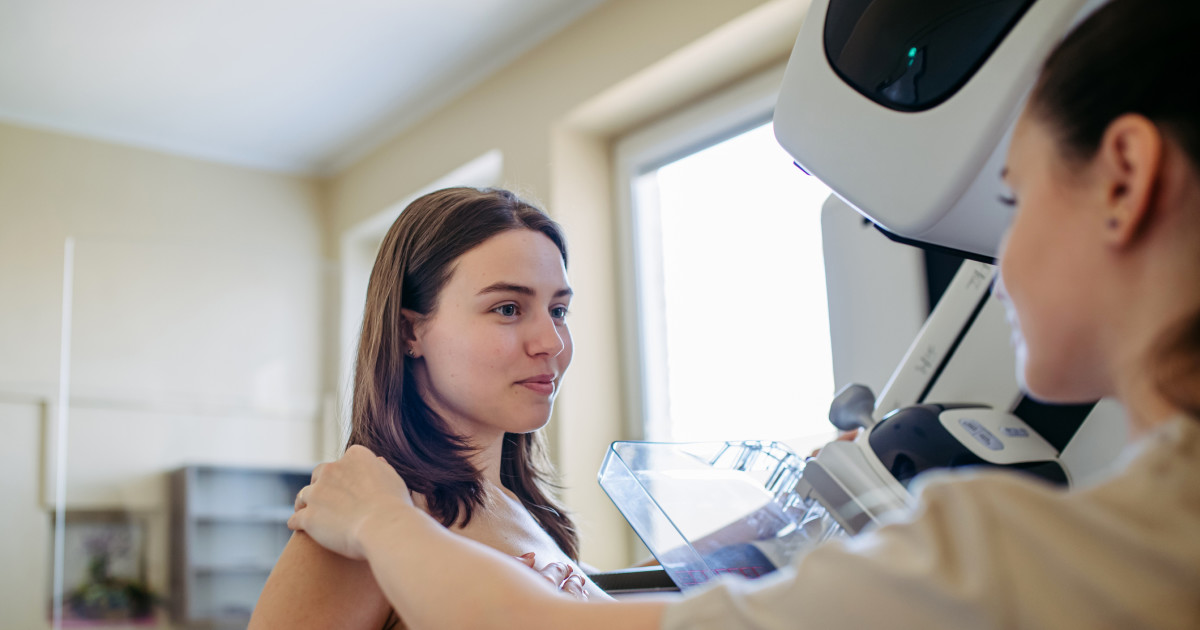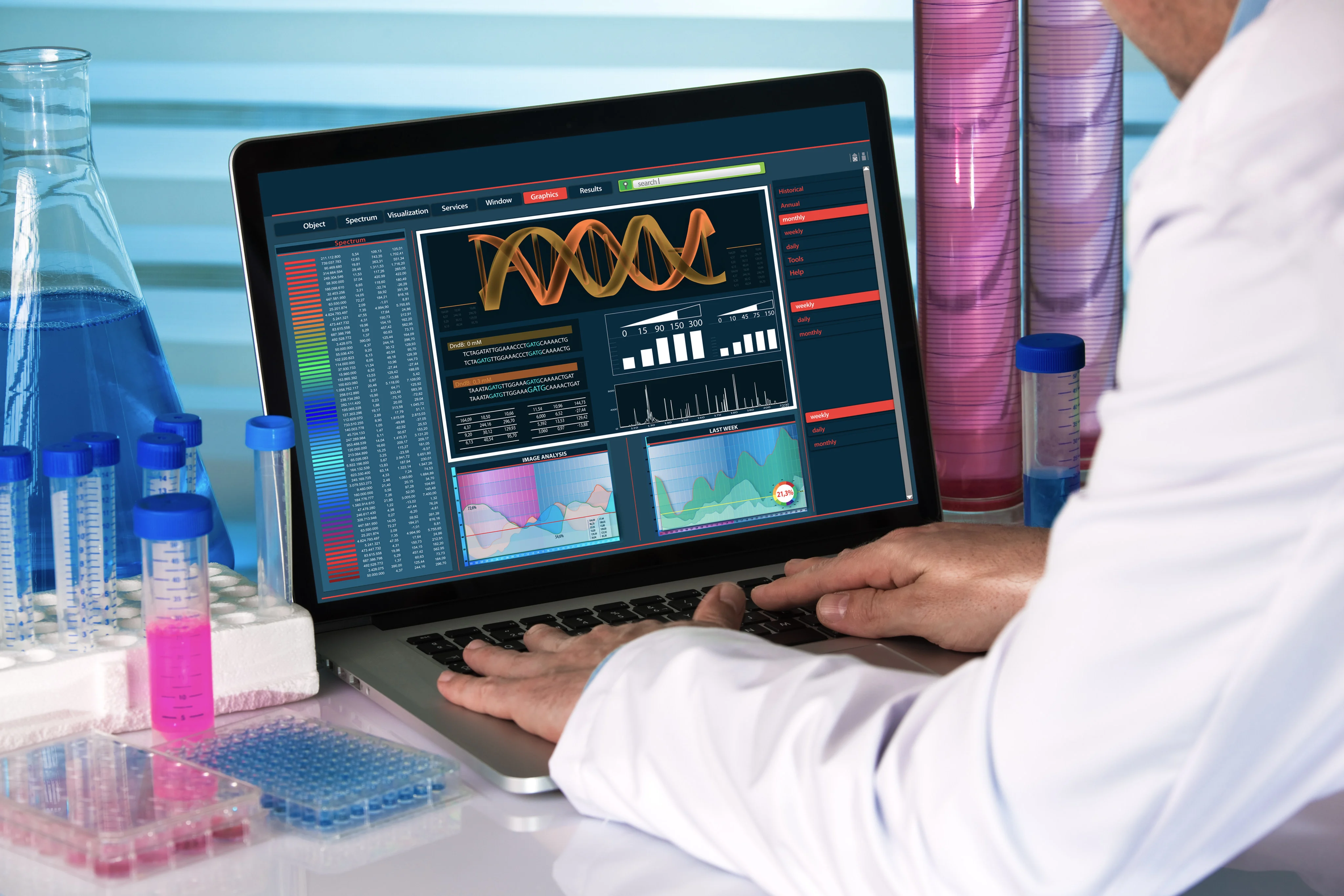Copyright Parade

Key Points Early, regular mammograms and self-exams enable breast cancer detection and vastly improve outcomes. Women should start annual mammograms at age 40, earlier if high risk or genetic factors present. Mammograms are brief and uncomfortable, but crucial for prevention; lifestyle changes also help reduce risk. October is Breast Cancer Awareness Month, which serves as a reminder of the importance of regular screenings (in this case, through mammograms and self-exams), which can lead to earlier detection and improved outcomes. Breast cancer is highly treatable when caught early. The five-year survival rate for stage one breast cancer is 99%. This is a stark contrast to stage four breast cancer, for which the five-year survival rate is 32%. There’s a lot you can do to lower your risk of breast cancer, including maintaining a healthy weight, exercising regularly and minimizing alcohol use. Regularly doing self-breast exams and following mammogram cancer screening guidelines also play a key role. For a woman of average risk, it’s recommended to get a mammogram every year starting at age 40. But there are some cases when women under 40 should consider getting a mammogram. 🩺SIGN UP for tips to stay healthy & fit with the top moves, clean eats, health trends & more delivered right to your inbox twice a week💊 How Often Do You Need a Mammogram After 40? According to the American Cancer Society, women between 40 and 44 have the option to start screening for breast cancer with a mammogram every year. How can you figure out if you should opt in or not? Dr. Polly Niravath, MD, a breast oncologist at Houston Methodist, recommends every 40-year-old woman get a mammogram to get a baseline reading. If you’re low-risk, she says you may consider getting a mammogram every other year until age 45. After that, she recommends getting one yearly. Related: ‘I Was Diagnosed With Breast Cancer at 24—This Was the First Sign I Noticed’ Kimberly Ellis, MD, a breast surgeon at Dartmouth Health, also recommends every woman get a mammogram starting at age 40. “Although the American Cancer Society recommends optional screening for ‘average’ risk women from 40 to 44, several other organizations, including the American Society of Breast Surgeons, recommend starting at 40 for everyone. This is due to several factors, but two notable ones are that a woman’s risk is partly based on breast density, which we don’t know until you get a mammogram! The other reason is that the average age of getting diagnosed with breast cancer has gotten younger. That’s why it’s best to start at 40,” Dr. Ellis says. The #1 Sign You Need a Mammogram Before 40 Both doctors say that there are times when women younger than 40 should consider getting a mammogram. If you have a first-degree relative (such as your mom or sister) who was diagnosed with breast cancer before age 50, both doctors say this is a major sign to get a mammogram before 40. Related: The One Thing Experts Say You Should Never, Ever Do if You Want To Lower Your Risk of Breast Cancer Other Reasons To Get a Mammogram Before 40 “Another reason to consider early screening is for genetic mutations that put women at risk for breast cancer, as well as being identified as high risk for breast cancer,” Dr. Ellis says. To her point, more than 60% of women who inherit a harmful change in BRCA1 or BRCA2 (genes that produce proteins that help repair DNA) will develop breast cancer in their lifetime. The only definitive way to know if you have a BRCA gene mutation is through genetic testing. If this is something you are interested in, talk to your healthcare provider. If you’ve had therapeutic radiation to the chest in your teens or 20s, such as for Hodgkin’s lymphoma treatment, this is another time that Dr. Niravath recommends beginning mammograms sooner than 40. Related: Never Give Up and Always Keep the Faith—90 Quotes About Breast Cancer That Resonate What To Expect When Getting Your First Mammogram If you’ve never gotten a mammogram before, it’s natural to be nervous. But Dr. Niravath promises that it isn’t that scary. “Make sure that you’re going to an experienced location, ideally in a cancer center, where you are more likely to get a radiologist who specializes in breast radiology. There is some squeezing and pulling, which can be a bit uncomfortable, but the whole process usually takes five minutes or less. The discomfort is worth it for the priceless benefit of early detection!” she says. Dr. Ellis says that wearing jewelry, perfume or lotion is not allowed during a mammogram. To minimize pain, she recommends timing your mammogram with your menstrual cycle, avoiding the part of the month when you are most sensitive, which is typically the week before your period, for most people. She says to do your best to relax, and it will be over before you know it! Every woman should be proactive about breast cancer prevention, including having healthy diet and lifestyle habits in place and regularly doing self-breast exams. If breast cancer runs in your family, Dr. Ellis says it’s important to tell your primary care physician. That way, you can work together to lower your risk and act quickly if you do notice anything suspicious. Remember, when caught early, breast cancer is highly treatable. But it starts with being proactive about your health. Up Next: Sources Dr. Polly Niravath, MD, breast oncologist at Houston Methodist Kimberly Ellis, MD, breast surgeon at Dartmouth Health



